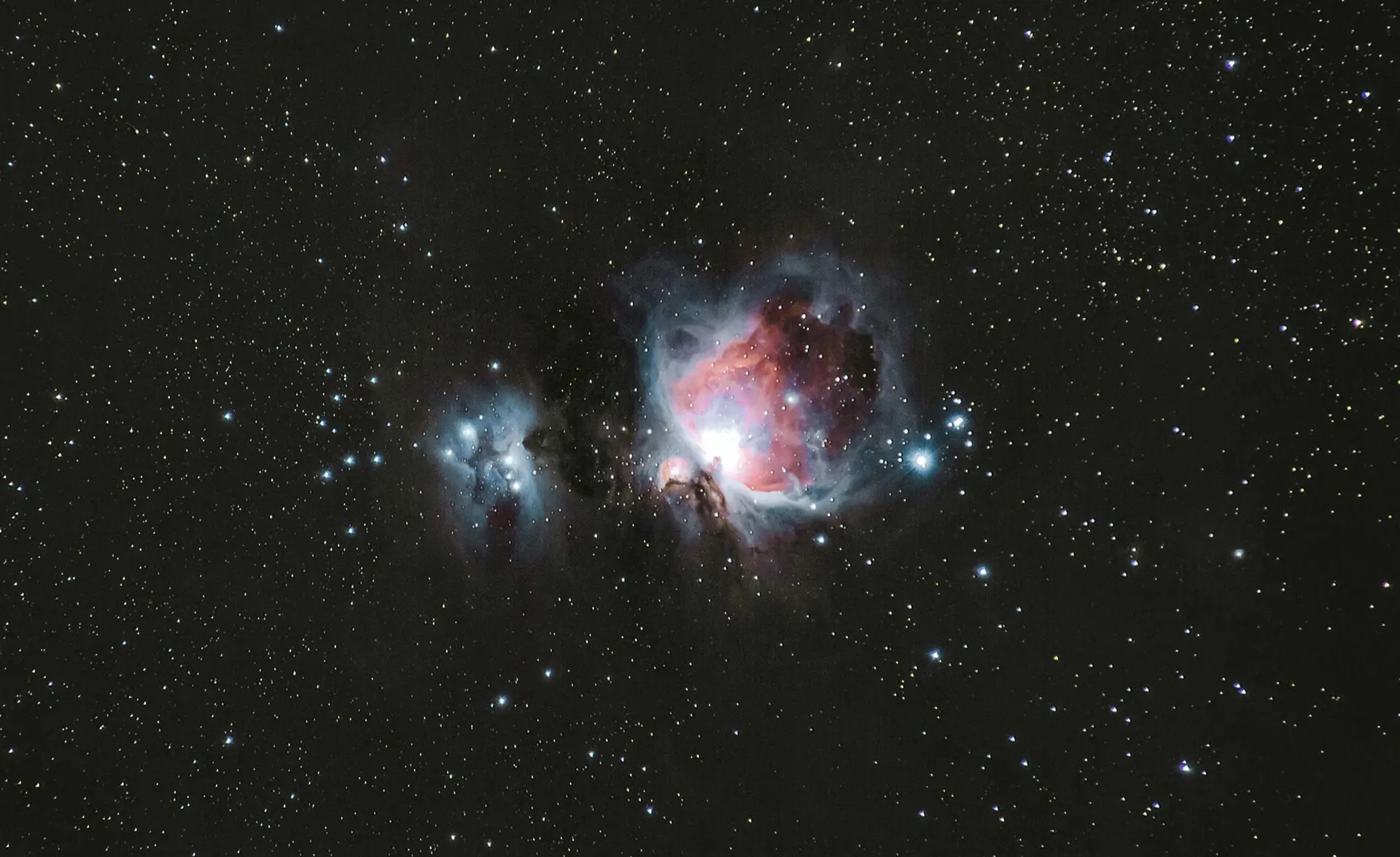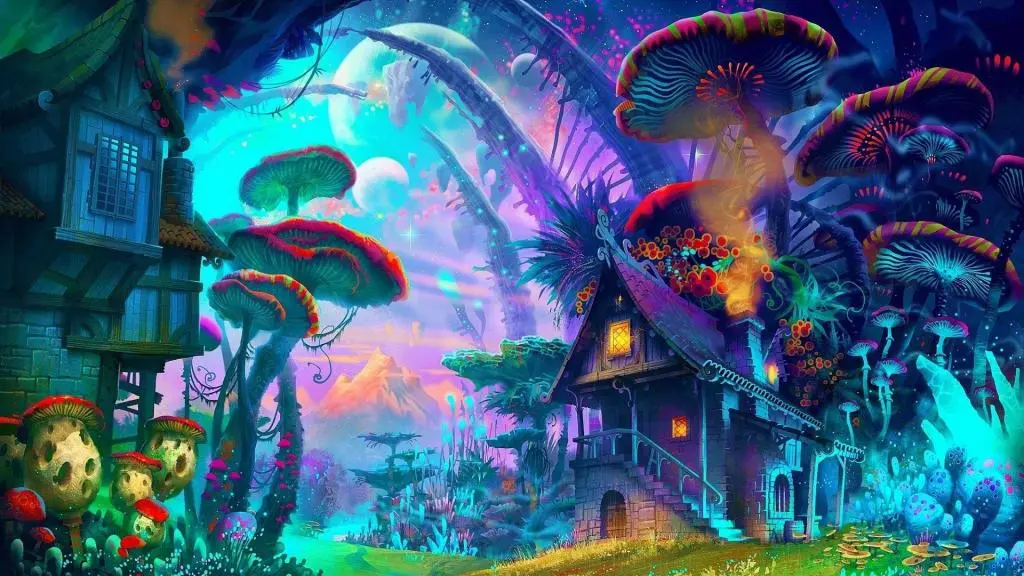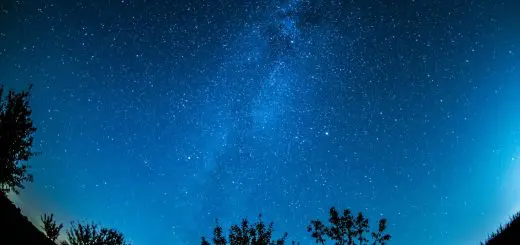Wildlife Conservation Efforts to Support

Looking for more amazing products? Check out our online store and explore our collection here! Happy shopping!
Before diving in, please note: This post is for informational purposes only. If you’d like to know more about how we approach topics, feel free to check out our friendly Disclaimer Page.
Hey there, amazing readers! 
We’re committed to delivering quality posts, and your support (even just sticking around despite the ads) means everything to us. So, bear with us, and thanks for helping us keep the good vibes rolling. Now, on to the fun stuff!
TRANSLATE BUTTON AT THE END OF THE ARTICLE
A Quick Overview
Wildlife conservation is a pressing issue that affects us all.
With so many species facing extinction and habitats disappearing, it’s crucial to step up our efforts to protect the natural world.
In this article, we will explore the importance of wildlife conservation, share inspiring stories, and highlight practical ways you can make a difference.
Together, we can create a brighter future for our fellow inhabitants on this planet.
Understanding the Importance of Wildlife Conservation
Wildlife conservation is not just about saving cute animals; it’s about preserving the delicate balance of ecosystems.
Each species plays a specific role, contributing to the overall health of our environment.
For instance, bees help pollinate plants, which in turn produce oxygen and food.
If we lose bee populations, we jeopardize our own survival.
Moreover, wildlife is a vital part of our cultural identity.
From the majestic elephants in Africa to the vibrant parrots in South America, these animals inspire art, stories, and even spiritual beliefs.
They connect us to nature and remind us of our place in the world.
It’s also worth considering the economic aspect.
Many regions thrive on eco-tourism; take the African safaris, for example.
Tourists flock to see wildlife in their natural habitats, creating jobs and income for local communities.
When we protect wildlife, we protect local economies.
Climate change is another reason to advocate for wildlife conservation.
As temperatures rise, habitats shift, and animals struggle to adapt.
By conserving wildlife, we help maintain biodiversity, which is key to resilience against climate change impacts.
So, when we think about conservation, it’s not just an environmental issue; it’s a multi-faceted challenge that encompasses ethics, culture, economy, and climate.
The stakes are high, and time is of the essence.
We need to act, and we need to act now.
Inspiring Success Stories in Conservation Efforts
Across the globe, there are remarkable success stories that inspire hope.
One of the most notable is the recovery of the American bald eagle.
Once facing extinction due to habitat loss and chemical pesticides, it has made a stunning comeback thanks to conservation efforts, including the banning of DDT and protection of nesting sites.
Now, these majestic birds soar freely across the U.S., symbolizing resilience.
In Africa, the story of the black rhino is a testament to dedication.
Thanks to intensive anti-poaching efforts and habitat restoration, their numbers have slowly increased.
Organizations like the World Wildlife Fund (WWF) have partnered with local communities to create safe spaces for these magnificent creatures.
Closer to home, the California condor is another success story.
Once down to just 27 individuals, a concerted breeding and reintroduction effort has brought them back from the brink.
Today, their population numbers over 500, thanks to the hard work of biologists and dedicated volunteers.
Then there’s the tale of the gray wolf in Yellowstone National Park.
Their reintroduction in 1995 has led to a ripple effect that has restored balance to the ecosystem, demonstrating that every species matters.
The wolves control the elk population, which in turn allows vegetation to thrive.
These stories remind us that while the challenges are great, the solutions are within reach.
With determination, collaboration, and a little creativity, we can turn the tide for wildlife.
How You Can Contribute to Local Wildlife Projects
You might be wondering, “What can I do?” Well, there’s plenty!
Here are some simple yet effective ways to contribute to wildlife conservation efforts in your area:
Volunteer Your Time: Many local conservation organizations seek volunteers for various projects, from habitat restoration to community education.
Your time is valuable, and hands-on work can make a tangible difference.
Participate in Citizen Science: Join local initiatives that gather data on wildlife populations.
Apps like iNaturalist allow you to record and share your observations of plants and animals, contributing to valuable research.
Adopt a Local Species: Support local wildlife by symbolically adopting an endangered species through wildlife organizations.
Your financial contribution can help fund critical conservation work.
Create a Wildlife-Friendly Space at Home: Even small actions matter.
Plant native species in your garden, provide water sources, and create shelters for local wildlife.
Your backyard can become a sanctuary for birds, bees, and butterflies.
Attend Local Conservation Events: Many organizations host events aimed at raising awareness about wildlife conservation.
Attend talks, workshops, or fundraisers.
You’ll learn more about local issues and meet like-minded individuals.
Spread the Word: Use social media to share what you learn about wildlife conservation.
Every post, tweet, or share raises awareness and encourages others to get involved.
By taking these steps, you become part of a larger movement.
Your actions can inspire friends and family to join in, creating a ripple effect for conservation.
Engaging Communities in Conservation Initiatives
Community engagement is essential for effective wildlife conservation.
When local people are involved, they are more likely to care for and protect natural resources.
Here are some approaches to foster community involvement:
Education Programs: Host workshops in schools or community centers to teach the importance of local wildlife and ecosystems.
With engaging presentations and hands-on activities, we can foster respect for nature.
Community Projects: Initiate clean-up days in local parks or along waterways.
These hands-on activities not only clean the environment but also raise awareness about pollution’s impact on wildlife.
Cultural Festivals: Celebrate local wildlife through festivals that highlight native species and their habitats.
This can create a sense of pride and responsibility towards conservation.
Partnerships with Local Businesses: Collaborate with local businesses to create conservation-themed promotions.
A portion of sales could be donated to wildlife organizations, drawing attention to the cause.
Create Citizen Advisory Boards: Form groups of local residents to discuss and plan conservation initiatives.
This gives community members a voice in decisions affecting their environment.
Utilize Social Media: Engage the community online by sharing success stories, conservation news, and events.
Social media is a powerful tool to connect with a broader audience and mobilize support.
When communities come together, they can achieve remarkable results in conservation.
Each person’s involvement contributes to a collective effort, creating a shared sense of responsibility for wildlife protection.
The Role of Technology in Modern Conservation Efforts
Technology has transformed wildlife conservation in amazing ways.
From satellite tracking to drones, innovation is enhancing our ability to understand and protect wildlife.
Here are some examples:
Tracking Devices: GPS collars and satellite tags allow researchers to monitor animal movements in real-time.
This data helps us learn about migration patterns and habitat use, informing conservation strategies.
Camera Traps: These devices capture images of wildlife without human interference.
They help researchers study animal behavior and population numbers, providing valuable insights for conservation efforts.
Drones: Drones are revolutionizing how we survey habitats.
They can cover large areas quickly, helping researchers monitor wildlife and detect illegal activities, such as poaching or habitat destruction.
Mobile Apps: Apps are making it easier for citizen scientists to contribute.
People can record observations of wildlife and upload data to databases, enhancing research efforts worldwide.
Genetic Analysis: Advances in genetics allow scientists to study animal populations and determine their health.
This information is critical for making informed decisions about conservation strategies.
Social Media Platforms: Conservation organizations use social media to raise awareness and fundraise.
They can reach a global audience, garnering support for various initiatives and connecting individuals passionate about wildlife.
Through these technologies, we can become more effective stewards of the environment.
Technology not only enhances our understanding of wildlife but also empowers communities to participate in conservation efforts actively.
Education and Awareness: Key to Wildlife Protection
Education is the backbone of successful wildlife conservation.
When people understand the importance of wildlife and ecosystems, they are more likely to advocate for protection.
Here’s how we can improve education and awareness:
School Programs: Introduce wildlife education in schools to spark interest in nature among young people.
Field trips, interactive projects, and guest speakers can make learning fun and impactful.
Public Campaigns: Launch awareness campaigns focusing on local wildlife issues.
Use posters, social media, and community events to spread the message.
Workshops for Adults: Host workshops that educate adults about local wildlife and conservation practices.
Knowledge about simple actions, like sustainable gardening and responsible waste disposal, can make a difference.
Wildlife Exhibits: Create exhibits in local museums or libraries showcasing the importance of local species and ecosystems.
Visual aids can effectively communicate complex information.
Engage Local Leaders: Partner with community leaders to promote conservation.
Their influence can encourage others to take action and support conservation initiatives.
Incorporate Technology: Use online platforms to share educational materials.
Webinars, podcasts, and videos can reach a wider audience and make learning accessible to anyone.
By fostering a culture of education and awareness, we can inspire future generations to value and protect wildlife.
Understanding the interconnectedness of all living things can lead to lasting change.
Celebrating Biodiversity: Nature’s Incredible Variety
Biodiversity is the rich tapestry of life on Earth.
It includes millions of species, each playing a vital role in maintaining the balance of ecosystems.
Celebrating this diversity is critical for fostering a culture of conservation.
Here’s how we can honor and protect nature’s variety:
Nature Walks: Organize walks in local parks or nature reserves to appreciate native flora and fauna.
Guided tours can educate participants about local ecosystems and their importance.
Biodiversity Festivals: Host festivals celebrating local species and ecosystems.
These events can include art displays, educational booths, and nature-themed activities for families.
Wildlife Photography: Encourage local photographers to capture the beauty of wildlife.
Exhibiting their work can raise awareness and appreciation for biodiversity.
Create Biodiversity Maps: Develop maps highlighting local species and habitats.
These can serve as educational tools and promote the importance of preserving natural areas.
Support Conservation Research: Fund or participate in research projects focused on local biodiversity.
This can provide valuable data that informs conservation strategies.
Wildlife Corridors: Advocate for the creation of wildlife corridors that connect habitats.
This promotes genetic diversity and helps species adapt to changing environments.
Celebrating biodiversity fosters a sense of stewardship and responsibility toward our planet.
By highlighting the beauty and importance of every species, we can inspire action and create a culture of conservation.
Future of Wildlife: What We Can Hope For Together
The future of wildlife conservation depends on our collective efforts.
While challenges abound, there’s much to be hopeful about.
Here are some visions for a brighter future:
Increased Collaboration: Global cooperation is crucial.
Countries can work together to protect migratory species and shared habitats.
By pooling resources and knowledge, we can make a larger impact.
Innovative Solutions: As technology advances, we’ll develop new methods for conservation.
From genetic engineering to artificial intelligence, innovative solutions can tackle complex issues in wildlife protection.
More Protected Areas: Expanding protected areas will be essential for wildlife survival.
Governments and communities must commit to conserving essential habitats and ecosystems.
Sustainable Practices: Encouraging sustainable practices in agriculture, forestry, and fishing can reduce pressure on wildlife.
By promoting eco-friendly methods, we can preserve habitats while meeting human needs.
Youth Leadership: Empowering the younger generation to take on leadership roles in conservation can bring fresh ideas and energy.
Their passion for the environment can drive meaningful change.
A Global Movement: Wildlife conservation is a shared responsibility.
By fostering a global movement that unites individuals, organizations, and governments, we can create a more sustainable future for all species.
Together, we can dream of a world where wildlife thrives, ecosystems flourish, and humans live harmoniously with nature.
The journey may be challenging, but with determination and unity, we can make a difference.
Conclusion
Wildlife conservation is an essential part of ensuring a healthy planet for future generations.
By understanding its importance, celebrating success stories, and engaging communities, we can actively contribute to these efforts.
Technology and education will empower us to protect our world’s incredible biodiversity.
So, let’s take action!
Whether volunteering, spreading awareness, or simply appreciating the beauty of nature, every effort counts.
Together, we can create a harmonious balance between humans and wildlife.
Let’s cherish and protect our natural heritage—it’s our responsibility and our joy!

The Enlightenment Journey is a remarkable collection of writings authored by a distinguished group of experts in the fields of spirituality, new age, and esoteric knowledge.
This anthology features a diverse assembly of well-experienced authors who bring their profound insights and credible perspectives to the forefront.
Each contributor possesses a wealth of knowledge and wisdom, making them authorities in their respective domains.
Together, they offer readers a transformative journey into the realms of spiritual growth, self-discovery, and esoteric enlightenment.
The Enlightenment Journey is a testament to the collective expertise of these luminaries, providing readers with a rich tapestry of ideas and information to illuminate their spiritual path.
Our Diverse Expertise
While our primary focus is on spirituality and esotericism, we are equally passionate about exploring a wide range of other topics and niches 

To ensure we provide the most accurate and valuable insights, we collaborate with trusted experts in their respective domains 
Our blog originally focused on spirituality and metaphysics, but we’ve since expanded to cover a wide range of niches. Don’t worry—we continue to publish a lot of articles on spirituality! Frequently visit our blog to explore our diverse content and stay tuned for more insightful reads.
Hey there, amazing reader! 
Check out our store here and take a peek at some of our featured products below! Thanks for being awesome!











